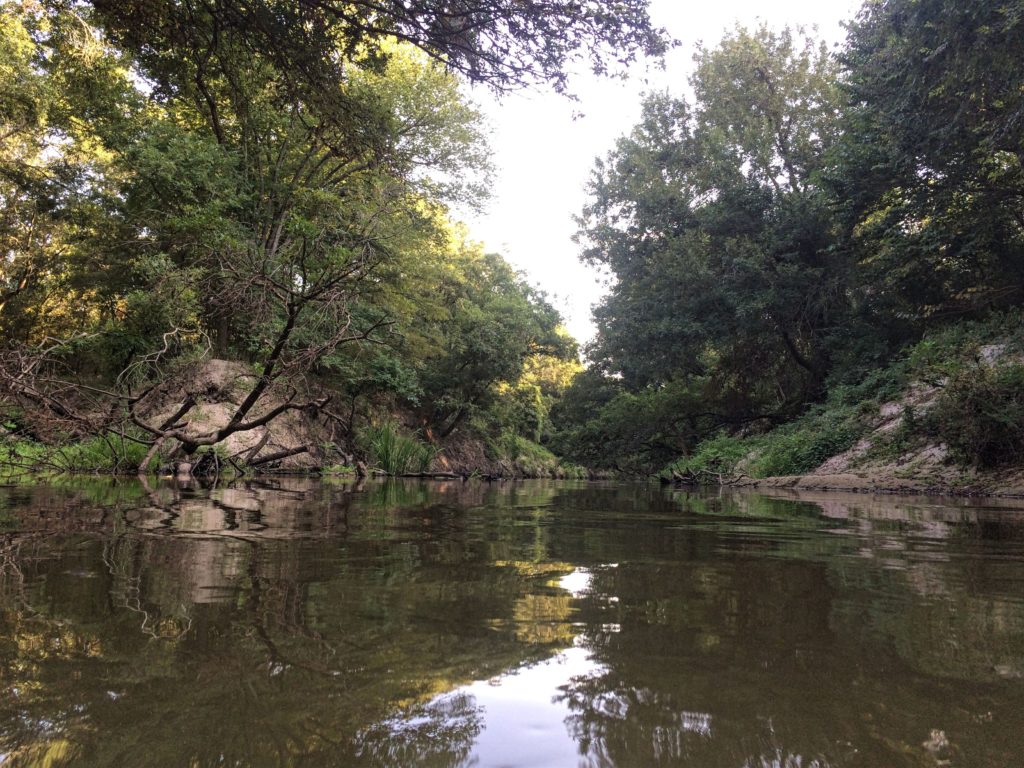A Lone Star Healthy Streams workshop will be held on May 25 at the Texas A&M AgriLife Extension Service office in Brazos County, 4153 County Park Court, Bryan.

The workshop will be offered as a joint presentation of AgriLife Extension, the Texas State Soil and Water Conservation Board and the Texas Water Resources Institute, TWRI.
The free workshop will be held from 8 a.m. to noon with light refreshments and coffee sponsored by TWRI. An RSVP is requested by May 24 to the AgriLife Extension office in Brazos County at 979-823-0129.
Program focus
The program will focus on the Navasota River Watershed below Lake Limestone. Topics covered will include basic watershed function, water quality and specific best-management practices that can be voluntarily implemented to help minimize bacterial contamination originating from grazing livestock, backyard poultry and feral hogs.
“The goal of the Lone Star Healthy Streams program is to protect Texas waterways from bacterial contamination originating from livestock, wildlife and invasive species that may pose a serious health risk to Texans,” said Leanne Wiley, AgriLife Extension program specialist and Lone Star Healthy Streams coordinator, Bryan-College Station. “The aim is to increase awareness, provide education materials to Texas producers and landowners, and encourage implementation.”
Navasota River Watershed
The Navasota River is a predominantly rural watershed with portions of the river below Lake Limestone and several of its tributaries listed as impaired on the Texas Commission on Environmental Quality’s Water Quality Inventory and the 303(d) list due to high levels of E. coli.
These bacteria come from the many animal and human sources across the watershed. Their presence in surface water at a level above state water quality standards indicates an increased risk to human health. It may have an impact on those making contact through recreation, such as swimming, diving, children wading, etc., in these waters.
In an effort to reduce E. coli levels in the river, TWRI is working with watershed stakeholders to address water quality concerns and improve watershed health and function. A planning process was completed with the result being a scientifically supported plan to restore water quality through voluntary management of E. coli at its source across the watershed.
A watershed protection plan, a total maximum daily load and an implementation plan were all developed for the watershed. These plans are built upon stakeholder feedback and address human sources — septic systems and wastewater infrastructure, and animal sources — feral hogs, livestock and pets, and are implemented through physical management and increased education and outreach.
Funding for this effort is provided through a Clean Water Act Section 319 nonpoint source grant administered by the Texas State Soil and Water Conservation Board from the U.S. Environmental Protection Agency.
For more information on the workshop, contact Wiley at 979-240-8407 or leanne.wiley@ag.tamu.edu; or Chadd Caperton, AgriLife Extension agriculture and natural resources agent, Brazos County, at 979-823-0129 or chadd.caperton@ag.tamu.edu; or Ward Ling, Texas Water Resources Institute, at 979-314-2472 or ward.ling@ag.tamu.edu.
-30-


